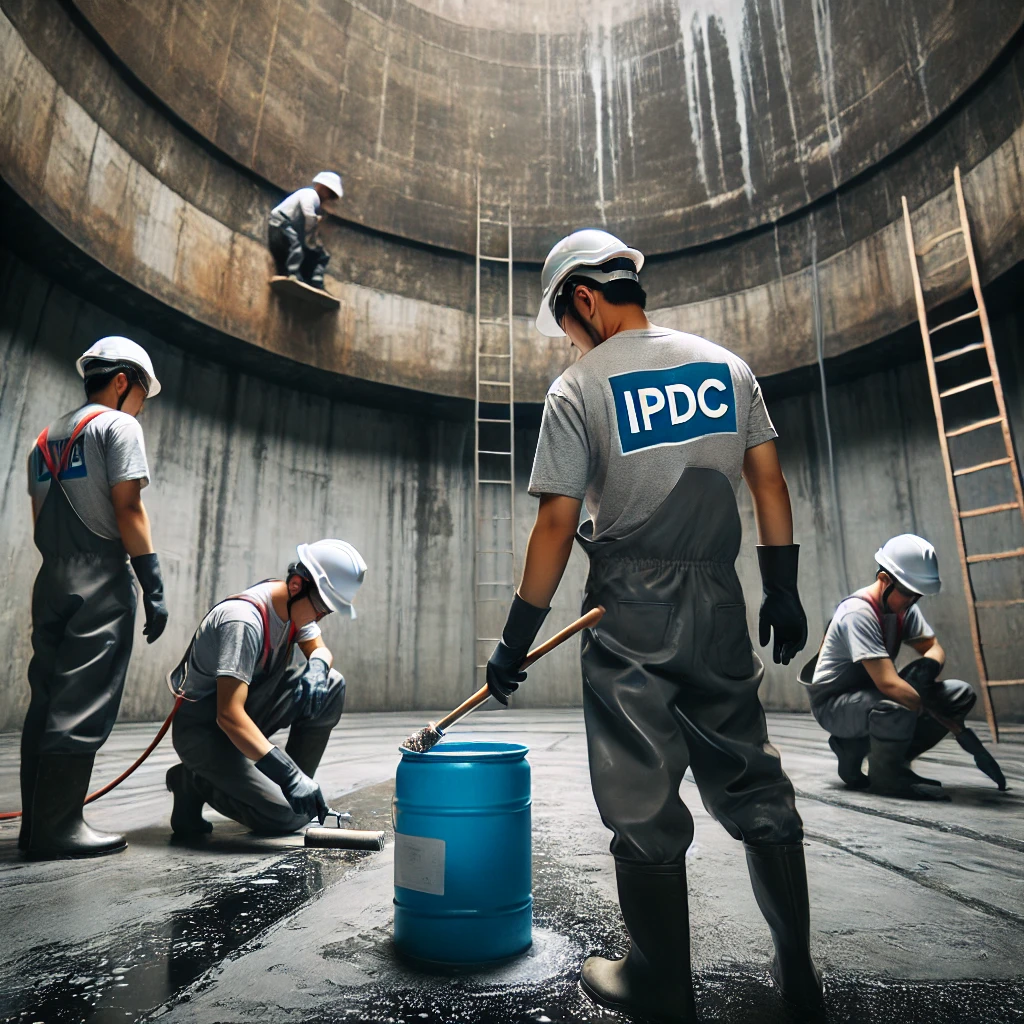Water Tank
Watertank waterproofing experts.
Waterproofing
Roof Top
It is essential to get your roof top waterproofed. When you do it, make sure that the method is perfect and is done by experienced professionals.
Basement
Basements are the most vulnerable area for water seepage.
Bathroom
Proper waterproofing on the sunken floors in the interiors are necessary for the structure.
Swimming Pool
Construction of the pool is to be done with great care while selecting the soil, concrete and waterproofing
Foundation
The base of a structure to seepage proof is important.
Water Tank
Industrial
Green Building
Importance of Water Tank Waterproofing
Waterproofing a water tank is crucial for several reasons:
-
Prevents Leakage: Ensures that water does not seep through the walls or floor, which can lead to water loss and structural damage.
-
Protects Structural Integrity: Prevents the weakening of the tank's structure due to water infiltration, which can cause cracks and eventual failure.
-
Maintains Water Quality: Keeps contaminants from entering the tank, ensuring the water remains safe for use.
-
Cost-Effective: Reduces the need for frequent repairs and maintenance, saving money in the long run.
-
Longevity: Extends the lifespan of the water tank by protecting it from water damage and corrosion.
Methods of Water Tank Waterproofing
Several methods can be used to waterproof a water tank, depending on the material of the tank and the specific requirements:
-
Cementitious Waterproofing:
-
Description: Uses a cement-based coating that is applied to the interior surfaces of the tank.
-
Application: Brush or spray application.
-
Advantages: Easy to apply, cost-effective, and suitable for concrete tanks.
-
Disadvantages: Can be brittle and may crack over time.
-
-
Liquid Waterproofing Membrane:
-
Description: A liquid coating that forms a seamless, flexible membrane when it dries.
-
Application: Roller, brush, or spray application.
-
Advantages: Flexible, durable, and can cover complex shapes.
-
Disadvantages: Requires precise application and can be more expensive.
-
-
Polyurethane Waterproofing:
-
Description: A liquid coating that cures to form a flexible, durable membrane.
-
Application: Brush, roller, or spray application.
-
Advantages: Highly flexible, resistant to UV rays, and suitable for both interior and exterior use.
-
Disadvantages: Can be costly and requires skilled application.
-
-
Bituminous Coating:
-
Description: A coating made from bitumen, which is highly resistant to water.
-
Application: Brush or spray application.
-
Advantages: Excellent water resistance and cost-effective.
-
Disadvantages: Not suitable for exposure to sunlight unless modified.
-
-
Epoxy Coating:
-
Description: A two-part coating that provides a hard, durable surface.
-
Application: Brush, roller, or spray application.
-
Advantages: Highly durable, chemical-resistant, and provides a smooth finish.
-
Disadvantages: Can be expensive and requires precise mixing and application.
-
-
Crystalline Waterproofing:
-
Description: Uses chemicals that react with water and concrete to form crystals that block pores and cracks.
-
Application: Brush or spray application.
-
Advantages: Penetrates deep into the concrete, self-healing properties, and long-lasting.
-
Disadvantages: Can be more expensive and requires proper surface preparation.
-
First, we have to study about the construction. Nay soil test conducted, what is the grade of cement used and any waterproofing process done. Then the leak and its behavior to be indentified. After the proper inspection we have to derive the solution to be adabpted.
To construct an underground water tank, ensure proper site selection with stable soil and a low water table, and design to resist hydrostatic and soil pressures. Use high-grade reinforced concrete, effective waterproofing (internal and external), and a drainage system. Incorporate manholes, vent pipes, and efficient plumbing for maintenance and operation. Conduct hydrostatic testing and adhere to local building codes for safety and durability.

